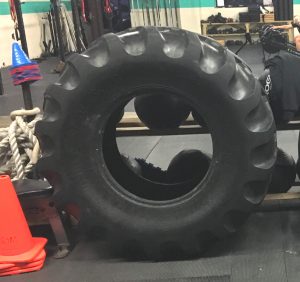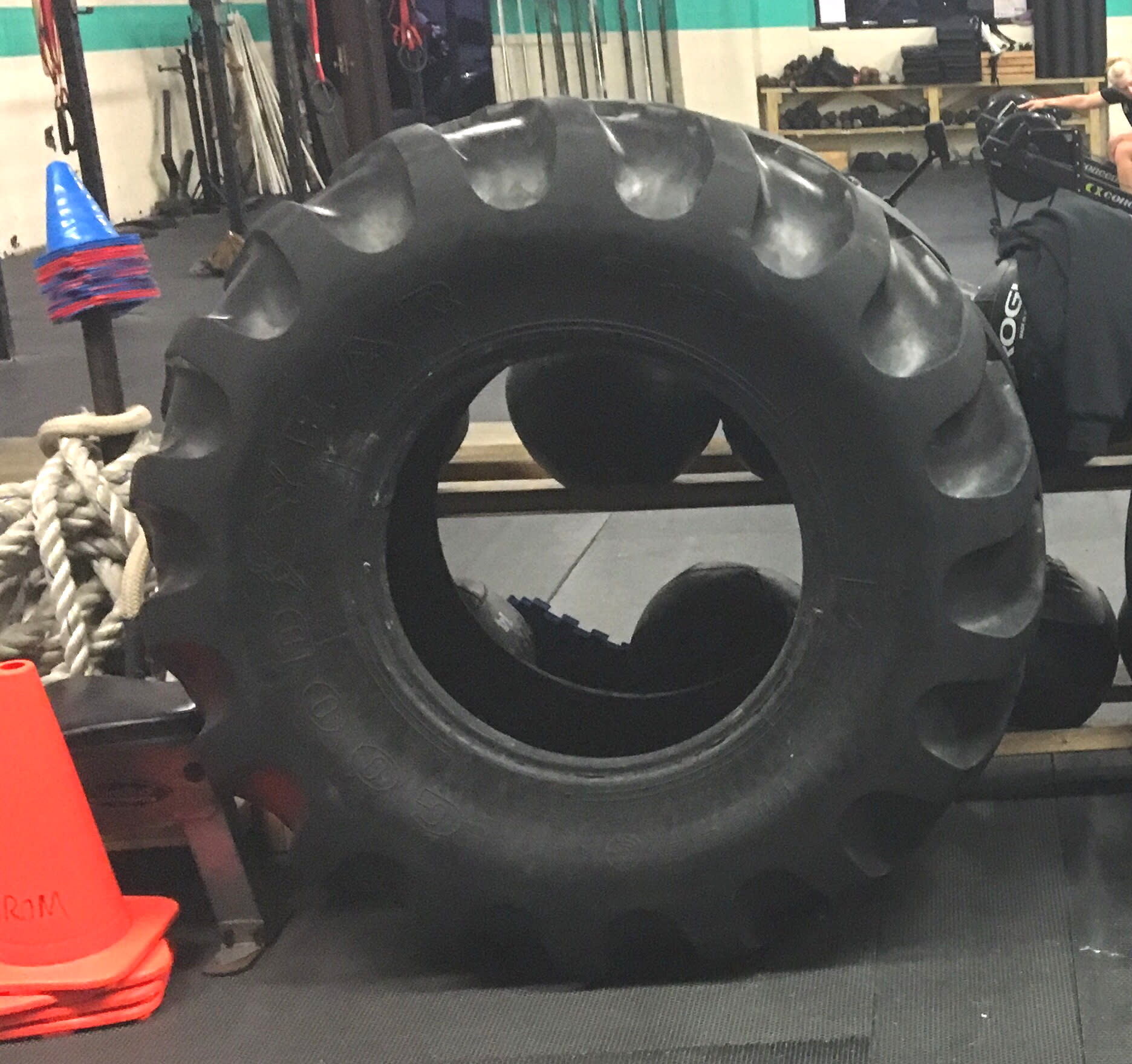Under normal circumstances, I don’t happen to be one of the world’s most impressive daveners. There are fast daveners and there are slow daveners and most days of the year I fall into the fast category. The exception is the yomim noraim (the “High Holidays”). I learned long ago that davening with kavanah on Rosh Hashana can rectify a year’s worth of less-impressive davening and I take that opportunity seriously. My Amidah on Rosh Hashana can easily last half an hour or more (I’ve never actually timed it). The rest of the room has said L’Dovid Mizmor (Psalm 24), Kiddush, Aleinu, L’Dovid (Psalm 27) and Yigdal; they’re on line to wish the rabbi shana tova and I’m just taking my three steps back. (I’m not joking, one year they closed the building with me still in it!) Musaf, as you can imagine, takes me even longer.
I accomplish this feat with the assistance of a wonderful sefer from Feldheim called Pathway to Prayer by Rabbi Mayer Birnbaum. This book lays out each phrase of the Amidah with a profound translation. I think about the meaning of each phrase of davening as I say it, with the result that as I say the words
Baruch Atah Hashem, Elokeinu v’Elokei Avoseinu
What’s running through my mind is:
“You are the Source of all blessing, Eternal God Who always existed and Who always will exist. All power is Yours and You can do anything, yet You have chosen to take care of us as You took care of our ancestors….”
Those six familiar words on the page have become 42 words in my brain, so you can imagine what the less-familiar parts of the service are going to be like. So, yeah, it’s going to take me a little longer.
Pathway to Prayer isn’t even the only book I use. I have another book, also published by Feldheim, that I acquired in the early 1980s. My tattered copy of The Shemoneh Esrei: Rosh Hashana and Yom Kippur by Rabbi Aaron Werner has a completely different translation and commentary, with the result that I might be meditating on twice as many concepts at some parts of the service.
So why am I telling you this? Because this year on Rosh Hashana, my back hurt.
 Erev yom tov, I had been doing tire flips in the gym. (As the name suggests, this entails flipping a truck tire end over end. It’s fun; you should try it.) Combined with the half hour or so that I spent shukeling at maariv, I awoke very stiff and sore. For shacharis and musaf, I supported myself by leaning on the back of my chair, which is not optimum davening protocol but it was necessary. It was also no use. As I hobbled to Tashlich, I knew there was no way I was going to be able to say my usual lengthy Amidah for mincha and maariv. I put Pathway to Prayer and The Shemoneh Esrei aside and just davened out of my machzor without my usual translation and commentary upon which to meditate. It shaved maybe five minutes off of my davening – not a big difference at all!
Erev yom tov, I had been doing tire flips in the gym. (As the name suggests, this entails flipping a truck tire end over end. It’s fun; you should try it.) Combined with the half hour or so that I spent shukeling at maariv, I awoke very stiff and sore. For shacharis and musaf, I supported myself by leaning on the back of my chair, which is not optimum davening protocol but it was necessary. It was also no use. As I hobbled to Tashlich, I knew there was no way I was going to be able to say my usual lengthy Amidah for mincha and maariv. I put Pathway to Prayer and The Shemoneh Esrei aside and just davened out of my machzor without my usual translation and commentary upon which to meditate. It shaved maybe five minutes off of my davening – not a big difference at all!
At first this surprised me but after thinking about it for a few minutes, it made perfect sense. After davening this way on Rosh Hashana for my entire adult life, I no longer do so because I’m reading out of a book. I do so because it’s the way I daven on Rosh Hashana. I had internalized a skill.
This reminded me of the famous story of Rabbi Akiva, as recounted in Avos d’Rabbi Nosson. Rabbi Akiva was not the scion of a rabbinic dynasty. Rather, he was a simple, illiterate shepherd. He may have been an observant Jew but he was certainly no scholar!
One day, while tending his flock, Akiva the shepherd observed a phenomenon: he saw a trickle of water dripping onto a rock. The constant drip, drip, drip of the water had over time bored a hole through the rock. From this, Akiva internalized a lesson: a rock is hard and unyielding, while a drop of water is insignificant – any person would shrug it off without a second thought! But through persistence, the water was capable of breaking through even the immovable stone. “If water can wear through a rock,” he thought, “certainly I can get words of Torah into my thick skull!” (I’m paraphrasing liberally here.) Even though he couldn’t even read until the age of 40, Rabbi Akiva went on to become the greatest and most influential Torah scholar of his day.
Rabbi Akiva’s epiphany holds true in many areas. For example, while I entered yeshiva somewhat younger than Avika the shepherd, it was still much later than many (I was in eighth grade). I remember sitting with my Soncino Talmud, one finger on the Aramaic and one finger on the English, trying to figure out which word in the text corresponds to which word in the translation, and where the sentences, phrases and clauses start and end. (Alef-yud-nun – which means “not” in Hebrew – means “yes” in Aramaic? That’s counterintuitive!) And yet, one day, by accident or by design, the training wheels come off and you realize you can ride the metaphorical bike. It’s not like flipping a switch. You don’t realize on which day you acquire the skill, just one day you realize that you have acquired it!
Malcolm Gladwell said that it takes 10,000 hours to master a skill but it’s really not that simple. Some skills are more complicated than others, and we all have different personalities and different aptitudes. But one thing is clear: if you don’t start, you certainly won’t master it! Whether you want to acquire kavanah in davening, Torah scholarship, athletic performance or musical skill, you have to start. And you have to persist, drip by drip by agonizing drip. You won’t see instant results. You will have setbacks. You will get frustrated. Then one day, you’ll turn around. When you do, you’ll be surprised to see the hole that you have drilled through the rock.
The words of this author reflect his/her own opinions and do not necessarily represent the official position of the Orthodox Union.

